There is also the fact that essentially everyone I assist with obtaining their winery licenses is clueless about the records, reports, taxes, etc they’ll have to keep on top of as part of this new business.
No surprise there, why would they be? Compliance is all that behind the scenes stuff nobody tells you about until you’ve missed filing a report or making a tax payment. (more very common comments I hear from clients and colleagues)
So how to get started off on the right foot with your compliance once you’re officially a winery?
Here in a simple summarized form are what you’ll need to have in your compliance bag of tricks to keep in the good graces of the TTB or other regulating agencies:
1. Keep good records documenting your winemaking activities. You can do this through a hand written log or more advanced style computerized version. Whichever route you go make sure that each record contains enough detail to identify the wine and its components (vintage, varietal, appellation, alcohol tax class, etc.) throughout the stages of its life.
2. Have the following record templates in your compliance system: work order form, bill of lading, weigh tag. Each of these record types document the details and activities of a wine’s life. These are the actual records that contain the numbers you’ll use to fill out your required reports and pay your taxes. They are also the records the TTB would request to see in the event of an audit.
3. Inventory list of all your “in bond” and “tax paid” wines. Maintain a list of your current inventory of all “in bond” wines which are any wines on your site (or off site) that you have not yet paid federal tax on. Do the same for any cased wine that you have paid those taxes on. These inventory lists ideally are summarized by the vessel they are in (tank, group of barrels, # of cases, etc), wine ID, and alcohol tax class.
4. Compliance license file. You’ll want to keep all of your TTB permit items in one place. This includes the permit itself, the application details, your current bond coverage, current bonded area map and current list of trade names you’ll be using for any wines you bottle. I also recommend creating a digital file of this same hardcopy set of documents.
5. Keep in the compliance loop. Subscribe to the TTB’s email newsletters to keep in the loop on changes and updates to their regulations and filings that impact you. http://www.ttb.gov/newsletters/ttb-news.shtml
This list is brief but is meant to cover the basics when it comes to getting your new winery business up and running smoothly as far as compliance goes.
I do realize that much of this probably read like gibberish to many of you- if you’re just starting out of course it did. I completely understand, I was in your shoes many years ago.
If you’d like all of this explained a bit further I do offer a consult call to do so. On these consult calls we’ll discuss the specifics of your wine business’ plans and how they translate into the types of licensing you will need. The fee for these consult calls is $250. Contact our office to schedule: info@winecompliancealliance.com
